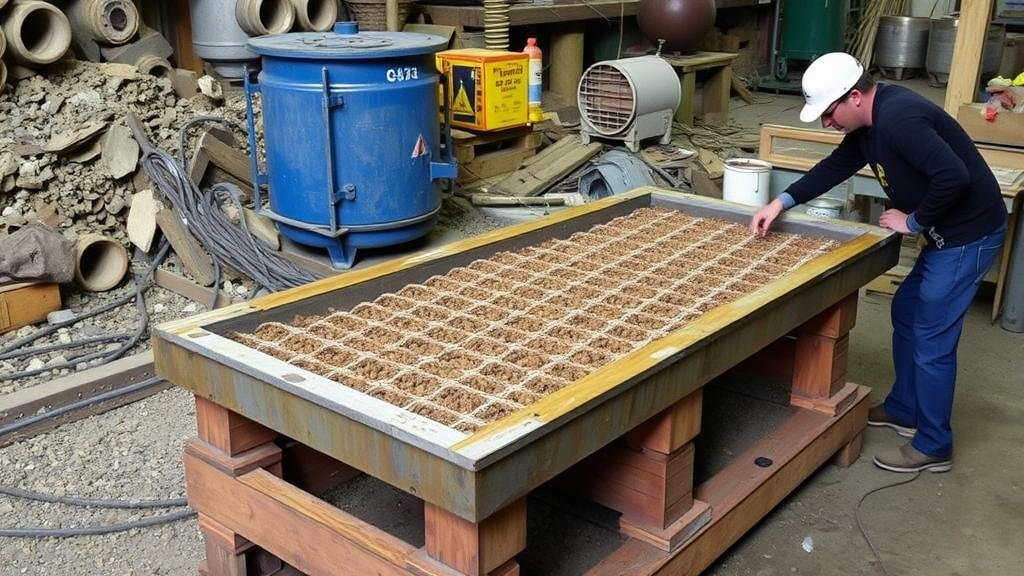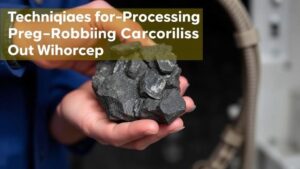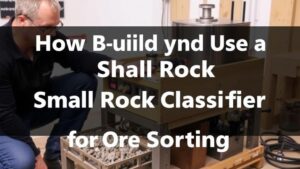Using Vibrating Tables for Ore Separation in Small Mining Operations
Using Vibrating Tables for Ore Separation in Small Mining Operations
Vibrating tables are increasingly employed in small mining operations for the effective separation of ore materials. Their ability to segregate particles based on differences in density and weight has made them a popular choice in various mining sectors. This article provides a comprehensive overview of vibrating tables, highlighting their mechanisms, applications, and benefits to small-scale miners.
The Science Behind Vibrating Tables
Vibrating tables utilize vibration to induce movement within granular materials, promoting effective separation. underlying principle is based on gravity concentration, where denser materials settle to the bottom while lighter materials rest above them. The vibrations create a fluidized bed effect, allowing the materials to interact and separate based on density.
Mechanisms of Operation
The operational mechanism of a vibrating table can be summarized in the following steps:
- Vibration Generation: Electric or mechanical exciters produce vibrations controlled by frequency and amplitude settings.
- Material Introduction: Materials are fed onto the table, where they distribute uniformly.
- Separation Process: As the table vibrates, heavier materials migrate downward while lighter ones are displaced upward.
- Collection: Separated materials are collected in designated troughs or bins.
Key Features
Important features that enhance the performance of vibrating tables include:
- Adjustable frequency: Allows operators to optimize vibration based on the specific type of ore being processed.
- Variable amplitude: Offers flexibility in controlling the intensity of the shaking to improve separation efficiency.
Applications in Small Mining Operations
Vibrating tables are widely used for ore separation in several mining operations, including gold, copper, and mineral sands extraction. Their effectiveness in these applications stems from their ability to efficiently sort materials with minimal loss.
Gold Recovery
In small-scale gold mining, vibrating tables are especially beneficial for recovering fine gold particles. For example, a study by the United Nations Industrial Development Organization (UNIDO) highlighted how small miner cooperatives in various countries increased gold recovery rates by over 30% when incorporating vibrating tables into their processing protocols.
Mineral Sands Processing
Similarly, in the processing of mineral sands, such as zircon and ilmenite, vibrating tables facilitate the separation of valuable minerals from waste materials. Reports indicate that such applications have reduced processing costs and improved separation precision, which is crucial for the profitability of small operations.
Benefits of Using Vibrating Tables
The adoption of vibrating tables in small mining operations offers numerous advantages:
Cost-Effectiveness
Vibrating tables require relatively low initial investment compared to other separation technologies, such as flotation or high-intensity magnetic separators. Their low operating and maintenance costs also appeal to small miners working within tight budget constraints.
Improved Separation Efficiency
Studies show that vibrating tables can achieve separation efficiencies exceeding 95% under optimal conditions. For example, in a practical application, a small-scale mining operation in Peru reported recovering 98% of the gold present in their ore after transitioning to vibrating table technology.
Environmental Impact
Vibrating tables have a reduced environmental footprint compared to other separation methods. They consume less water and eliminate the need for harmful chemicals, contributing to more sustainable mining practices.
Addressing Potential Concerns
While vibrating tables present significant advantages, potential concerns do warrant consideration:
Material Limitations
Not all ores are suitable for separation via vibrating tables. The technology is most effective with granular materials and may struggle with fine powders or larger rocks. Small miners should evaluate their specific materials to determine the viability of this separation method.
Skill Requirement
The operation of vibrating tables may require a certain level of technical skill. Training programs may be necessary to ensure effective use and maintenance, thereby maximizing the benefits of this technology.
Conclusion
In summary, vibrating tables represent a valuable tool for ore separation in small mining operations. Their efficient separation capabilities, combined with cost-effectiveness and low environmental impact, position them as an attractive option for miners seeking to enhance productivity and recovery rates. With careful assessment and training, small-scale miners can harness the power of vibrating tables to improve their operations significantly.
Actionable Takeaway: Small mining operations should consider integrating vibrating table technology into their processing techniques, assess the nature of their ore, and invest in training to optimize their separation processes.



